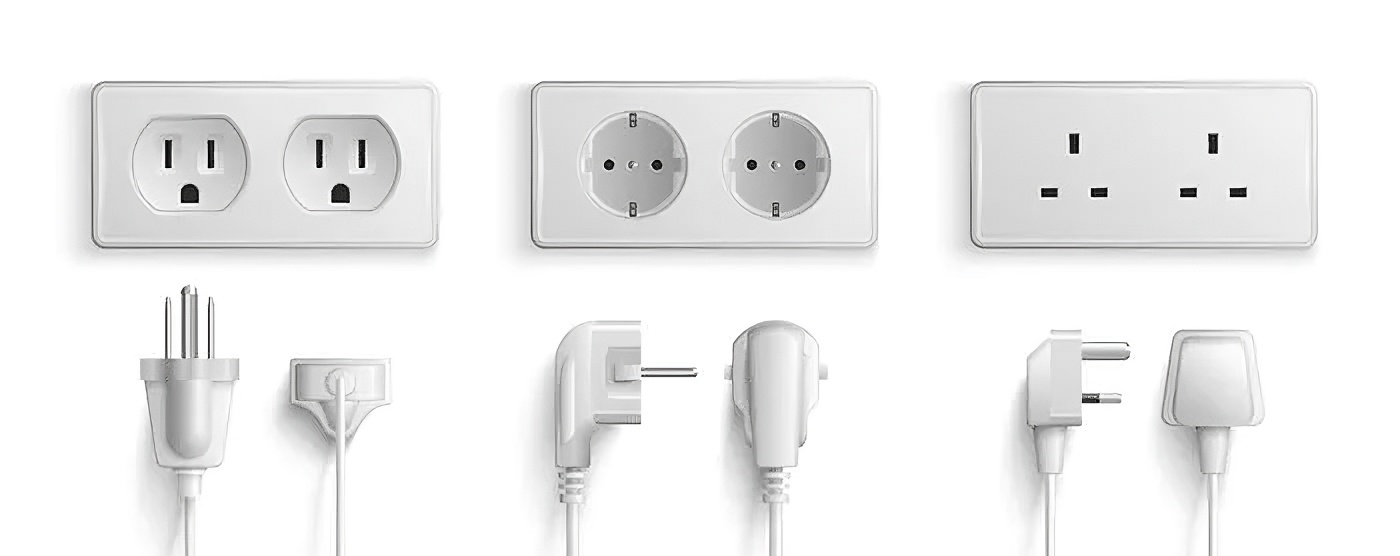
When building a new home, one of the most important aspects to get right is the electrical wiring. Proper wiring ensures safety, efficiency, and long-term reliability, and making informed decisions during this process can save both time and money. This guide will walk you through the essential steps, from planning to final installation, so you can better understand how your home’s electrical system comes together and ensure that it meets the highest standards. Partnering with a trusted service provider such as the Top Electrical Solution Company in Rajasthan can make this process even smoother and safer.
Step 1: Planning the Electrical Layout
The first step is to work with your electrician to create a detailed electrical plan. This involves mapping out where lights, outlets, switches, and appliances will be located. Consider your current needs and future expansion possibilities. Planning ahead ensures that you won’t run into problems later when you decide to add more devices or shift your furniture layout. This stage also involves understanding local building codes and ensuring that your plans comply with all safety regulations.
Step 2: Choosing the Right Wiring Material
The most common types of wiring in homes are copper and aluminum. Copper is widely preferred due to its durability, higher conductivity, and resistance to corrosion. However, aluminum wiring can be more affordable for certain large-scale applications. Your choice should depend on budget, application, and long-term performance considerations. Make sure the wiring is insulated properly to prevent heat damage and short circuits.
Step 3: Installing the Electrical Service Panel
The service panel, often referred to as the breaker box, is the heart of your electrical system. It distributes electricity to different circuits in your home and protects the wiring from overloads by tripping the breakers when necessary. For safety and reliability, it’s crucial to choose a high-quality panel and have it installed by professionals who specialize in Electrical Panel Installation Services. This step also involves calculating the total load your home will require and ensuring that your panel can handle it.
Step 4: Running the Cables
Once the panel is in place, electricians begin running cables from the panel to different rooms. This step involves drilling holes, fishing wires through walls, ceilings, and floors, and ensuring that wires are secured properly. Special attention should be paid to high-load circuits such as those for air conditioning, heating systems, and kitchen appliances. Wires must be neatly organized and labeled for easier troubleshooting in the future.
Step 5: Installing Switches, Outlets, and Fixtures
After cables are in position, switches, outlets, and light fixtures are installed. This is where your earlier planning pays off, as every outlet and switch will be placed exactly where you want it. Modern homes often include dimmer switches, USB charging outlets, and smart home integration, so think about incorporating these features during this stage. Proper grounding of all devices is critical to avoid electrical shocks and equipment damage.
Step 6: Safety Checks and Testing
Before your electrical system can be used, it must undergo thorough testing. Electricians will check every circuit for continuity, insulation resistance, and proper grounding. Circuit breakers will be tested to ensure they trip at the right current levels. Safety inspections by local authorities or certified inspectors ensure that your wiring meets all electrical codes. Any issues found during testing should be corrected immediately to avoid hazards later.
Step 7: Final Connections and Power-Up
Once safety checks are completed, the final connections are made, and your home’s electrical system is powered up. At this point, lights, outlets, and appliances can be tested under real load conditions. It’s important to document your electrical layout for future reference, which can be helpful when making repairs or upgrades later.
Step 8: Long-Term Maintenance and Upgrades
Even the best wiring requires periodic checks to ensure safety. Schedule regular inspections every few years to detect wear, corrosion, or loose connections. If your home’s energy demands increase, consider upgrading your panel, wiring, or adding new circuits to meet the load. Professional services like those offered by Manikaran Enterprises can handle upgrades and ensure that your home remains compliant with the latest safety standards.
Building a home is an exciting journey, and making the right choices for your electrical wiring is a key part of ensuring that your home is safe, efficient, and ready for the future. By following these steps and working with experienced professionals, you can have peace of mind knowing that your electrical system is built to last.


